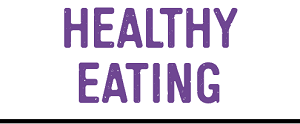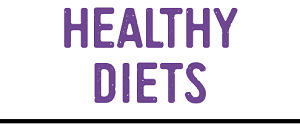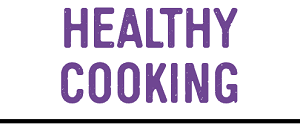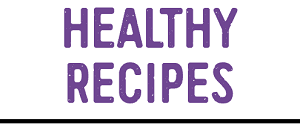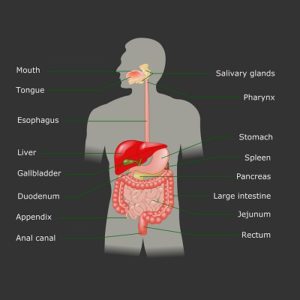 When you eat healthy foods, water, minerals, and completely digested food are absorbed into the bloodstream by the upper aspects of the small intestine.
When you eat healthy foods, water, minerals, and completely digested food are absorbed into the bloodstream by the upper aspects of the small intestine.
Food is absorbed by crossing the lining of the intestinal wall, passing the food into the blood. When this happens, the nutrients are passed through the bloodstream to other body areas, allowing the cells of the body to use these nutrients as cellular food.
Absorption of Carbohydrates
On average, American adults eat about 0.5 pounds of carbohydrates per day. Most of the food we eat contains at least some carbohydrates. Some carbs we eat include vegetables, fruits, pasta, rice, candies, pastries, potatoes, and bread.
Some of these foods are high in starch. The starch is digested into small simple sugars that are absorbed by the GI tract. They also contain fiber, which is not digested by the body.
Those carbohydrates that can be digested are broken down into simple sugars by amylase (in the saliva), by enzymes in the stomach, and by enzymes made by the pancreas and the inner lining of the small intestines.
There are two steps in the digestion of starches:
1 – Initially, the starch is digested partially by amylase in the saliva.
2 – Then it is broken down by pancreatic enzymes and enzymes made in the intestinal tract of the small intestines.
Eventually, all starches are broken down into glucose, which is absorbed by the small intestines. It enters the bloodstream, passes through the liver, where it is sometimes stored by the liver. That glucose that isn’t stored by the liver goes on to provide cellular fuel for the body.
Table sugar is another type of carbohydrate, containing both glucose and fructose. Table sugar is digested by an enzyme in the small intestines and is eventually made into just glucose, which goes on to be absorbed by the body, being used for cellular fuel. Lactose is found in milk and is also digested into glucose for cellular fuel.
Absorption of Proteins
Protein can be found in beans, eggs, and meat. It comes to the stomach as large protein molecules that need to be broken down into amino acids before it can be absorbed by the body. These amino acids are used to repair bodily tissues and build new cells in the body. The beginning of the digestion of glucose is in the stomach, where digestive enzymes begin to break down the protein molecules.
The rest of the digestion of proteins happens in the small intestine. There are many different enzymes made from pancreatic juice and enzymes in the small intestine that turn the larger protein molecules into their component parts (amino acids) that can be completely absorbed by the intestinal tract. The protein enters the blood stream where it travels from the small intestine to parts of the body that need enzymes or parts of the body that need new cells to be made.
The Absorption of Fats
Fats may be high in calories but they provide plenty of energy for the cells of the body. Fats are dissolved into the contents of the small intestines, where they are digested by the bile coming from the liver and gallbladder.
The bile is made in the liver and provides for the breakdown of fats by acting as a natural detergent that dissolves the fat, where it is acted upon by enzymes that break up larger fat particles into fatty acids and cholesterol.
Bile acids mix with cholesterol and fatty acids in the GI tract and help these substances be absorbed by the small intestine, where they enter the bloodstream and go on to make cellular membranes.
Sometimes the fatty acids enter the bloodstream but are converted back into larger fat molecules, which are carried to the veins of the thorax, where it is used to make cell membranes or is stored in the body’s fat cells.
The Absorption of Vitamins
The hollow parts of the digestive tract contain smooth muscle that helps the intestinal lining move so that food passes through the GI tract. This is called peristalsis and happens in the intestines, the stomach, and the esophagus.
Peristalsis helps vitamins get through the GI tract, where they are usually absorbed by the small intestine.
Vitamins are necessary for health as they are often cofactors to the enzymes of the body or act as antioxidants, fighting oxygen free radicals that can damage cells, resulting sometimes in the formation of cancer.
